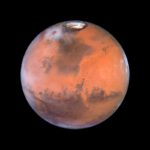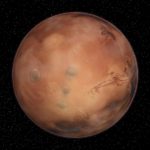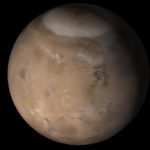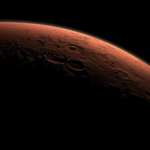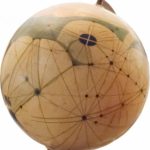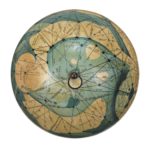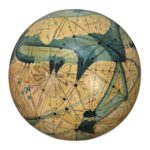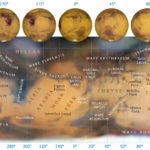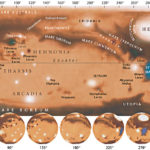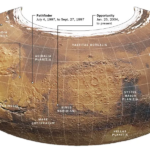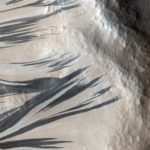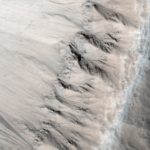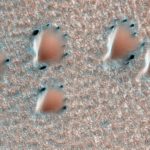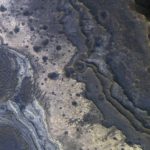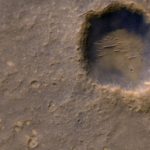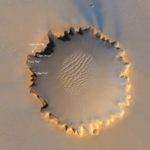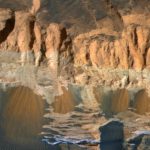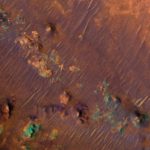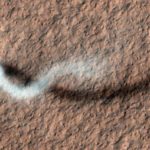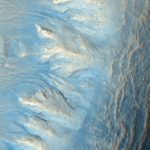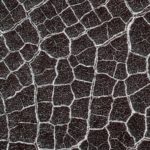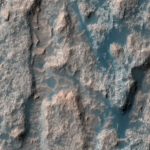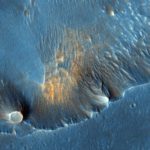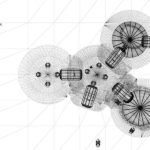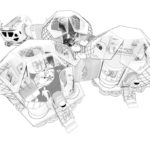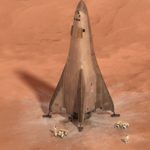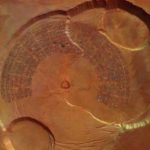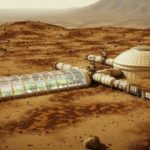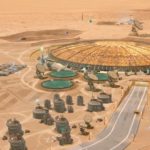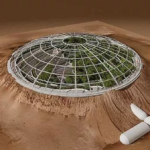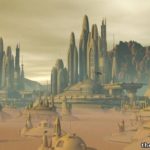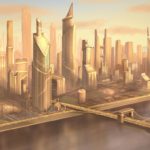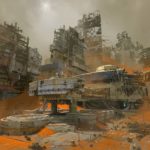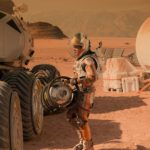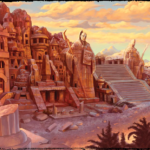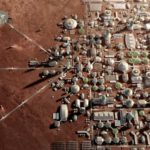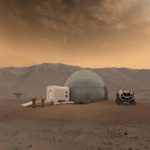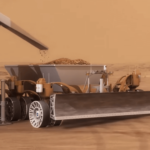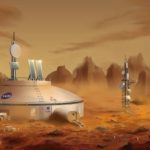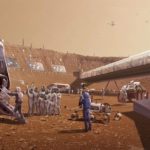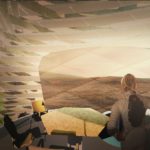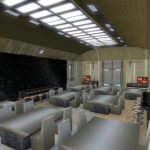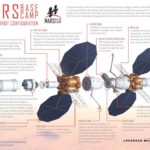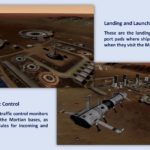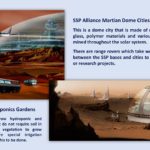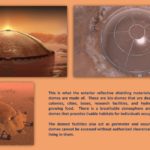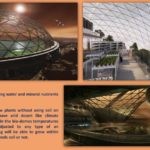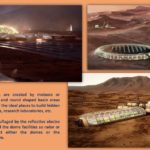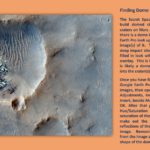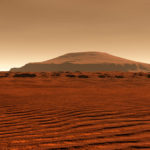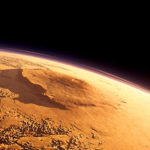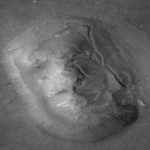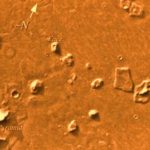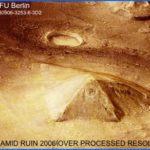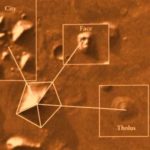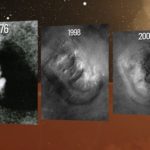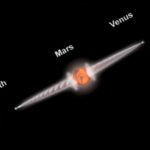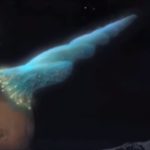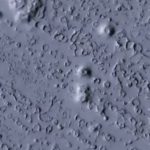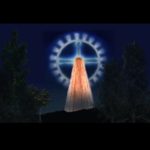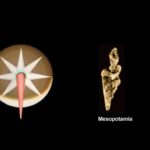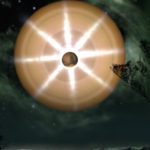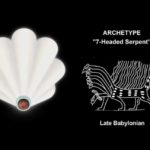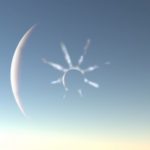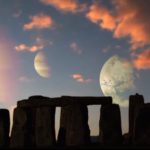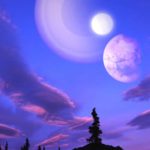This is one of the most storied worlds in the Sun system.
–
Table of Contents:
- Introduction
- Spec’s
- History
- Relevant Holidays
- Orbit
- Maps
- Satellite Close-ups
- Designs
- Ships & Stations
- Colonies
- Interiors
- Presentations
- Olympus Mons
- Cydonia
- Sky Views When the Worlds Were Closer
–
Introduction:
‘The Red Planet’; so many think of it as being associated with men and war, but is it? There is actually a great variety of plant and animal life here, and almost always has been. It wasn’t always tilted about its current axis, either; the Mars we know of today is very different than what our ancestors knew. Come take a look for yourself.
* Mars has been terraformed so it has oceans and habitable regions, but it still has some of its signature rust-colored deserts.
–
Planet Data:
- Stellar ID: Sol 4
- Class: M
- Radius: 3,390 km
- Mass: .107 Earth
- Keplerian Ratio: N/A
- Luminosity: N/A
- Surface Temperature: -207°F to 80°F
- Surface Gravity: 3.711 m/s² (.38 Earth)
- Atmospheric Pressure: 1 atm (was .006 prior to terraforming)
- Orbital Distance: 1.524 AU (227,987,155 km; = to 5,689 times around the Earth)
- Orbital Period: 1.88 Earth Years (668.5921 actual days on Mars)
- Day Length: 24h 37m 22s
- Status: Colonized: Yes; 1970s, Terraformed: Yes; completed in the 2400s
- Moons: 2; Phobos and Deimos
- Rings: 0
- Artificial Satellites: (thousands)
- Indigenous: several humanoid species known and involved in business interactions, but the vast majority unknown (though colonized and terraformed, Mars remains largely
unexplored)
Further details here.
* Mars has the largest known volcano in the Sun solar system. It is so large, in fact, that when you stand at its summit, its wide base is out of sight around the horizon. At its summit, you also happen to be standing above/outside the Martian atmosphere. Talk about a super-volcano!
–
History:
So much of the truth about Mars has been kept classified. Here are the milestones that we are able to disclose:
- 3.5 Billion Years Ago (BYA): Abundant liquid water is on the surface of Mars; oceans and rivers.
- 3.5 to 1.8 BYA: Mars is a garden world (Class M), but volcanic and tectonic activity begins to end, and the atmosphere is eventually lost, rendering Mars frozen for a time.
- 5 Million Years Ago (MYA): Mars’ obliquity is ~60°.
- 4 MYA: Mars’ obliquity becomes 55° as ice areas begin major shifts.
- 3 MYA: Mars’ obliquity becomes 45°.
- 2 MYA: Mars’ obliquity becomes 35°.
- 1 MYA: Mars’ obliquity becomes 25°.
- ????: Thousands, perhaps millions, of years ago, the Cydonia complex was built on Mars.
- 1950s: German colonists make it to Mars, finding a significant Reptilian colony presence already there.
- 1950s?: The German descendants of Angels and Asgardians, who had largely relocated their nation to Antarctica in the 1940s, move their capital again; Base 211 in Neuschwabenland had grown/expanded until it was renamed New Berlin, and now it was moved to Mars.
- 1659: Mars is spotted by humans on Earth.
- 1960s: German colonies along and near the Martian equator are relocated to the polar regions to avoid the damaging effects of the sky-high mega-dust-devils, such as lightning storms and hurricane-force winds.
- 1972: Mariner 9 orbits Mars (and a Stargate/Jump-gate is used to begin military colonization as part of the SSP).
- 1976: Viking 1 Lander lands on Mars.
- Early 2000s-2010s: Conflict on Mars fluctuates, eventually spiking with what is called ‘The Mars Atrocity’, when apparently ~250,000 innocent slaves died in a bombing attack on a secret facility determined to be producing dangerous technology.
- 2025: SpaceX begins building public human colonies on Mars.
- 2100: Mars has dozens of major cities.
- 2200: Mars terraforming is underway.
- 2300: Mars terraforming nearly complete.
- 2400: Crime escalates in multiple cities on Mars, and Mars starts to become a prison planet.
- 2490: Most innocents are relocated from Mars to other human-colonized worlds.
- 2495: The S.P.A. uses Mars as an impact range and testing ground for new military equipment.
- 2500: Most cities on Mars are now in ruins, and the S.P.A. uses Mars as a prison planet.
- 2505: Drug trafficking escalates to multiple prison-cities on Mars.
- 2511: The S.P.A. uses Mars’ Space armada to assist with anti drug trafficking operations there.
Evidence suggests that a planet, which once occupied what is now the Inner Asteroid Belt (and, thereby, conveniently called Asteron), exploded, at least one of its pieces striking Mars, possibly resulting in the giant straight ‘scar’ canyon evident across one hemisphere of the planet. This would have been an extinction-level event. The time period for this has not yet been established.
Many giant and megalithic ruins sites have been spotted across the surface. Their placement, dimensions, and nature all suggest a very high degree of mathematical and astrophysical understanding by the civilization that built and operated them. Some appear to have been Space-time influencers or manipulators, possibly even accidental dimensional-rift creators. The time periods for the construction and destruction of these ruins has also not yet been established.
This storied planet’s complex history will continue for generations and eons to come.
–
Relevant Holidays:
- 25 July (10 Shakira on our calendar): Cydonia Discovery Celebration
*and note: “The Face on Mars” and its nearby pyramids and related artificial structures were fully restored; after humans nuked them to try and get rid of the evidence of off-world civilizations, the Inisfreeans (ICVs) made time to patch them back up, good as new.
–
Orbit:
–
Maps:
–
Satellite Close-ups:
–
Designs:
–
Ships & Stations:
–
Colonies:
–
Interiors:
–
Presentations:
–
Olympus Mons:
–
Cydonia:
–
Sky Views When the Worlds Were Closer:
Mars was once locked in place between Venus and Earth, with Saturn opposite it from the Earth. This arrangement was made possible by the planets originally being much closer together, their energy fields balancing one another’s in this way. As more worlds formed in that ancient (and much larger) Saturn, they started to change this planetary alignment, eventually leading to the first orbits… and the first disastrous surface-changing interplanetary storms of lightning and severed mountains. Mars once had abundant life living in a very pleasant atmosphere, but then much of that atmosphere fell, forming its first oceans, and then the majority of all that got blasted away. There was even a time when a single steady lightning bolt as thick as an entire city clung to this now-red planet’s surface, leaving features such as Olympus Mons (a burn blister so tall that it dwarfs Mount Everest, and extends both out across the Martian horizon and up into Space) and Valles Marineris (which dwarfs the Grand Canyon on Earth). Mars was actually fairly lucky, though; its neighboring planet got destroyed in this nightmarish realignment, leaving only the Inner Asteroid Belt humans are familiar with today. Some call that lost world… Asteron. (Only ones such as the Inisfreeans and their deities might ever be able to reform it.)
–

